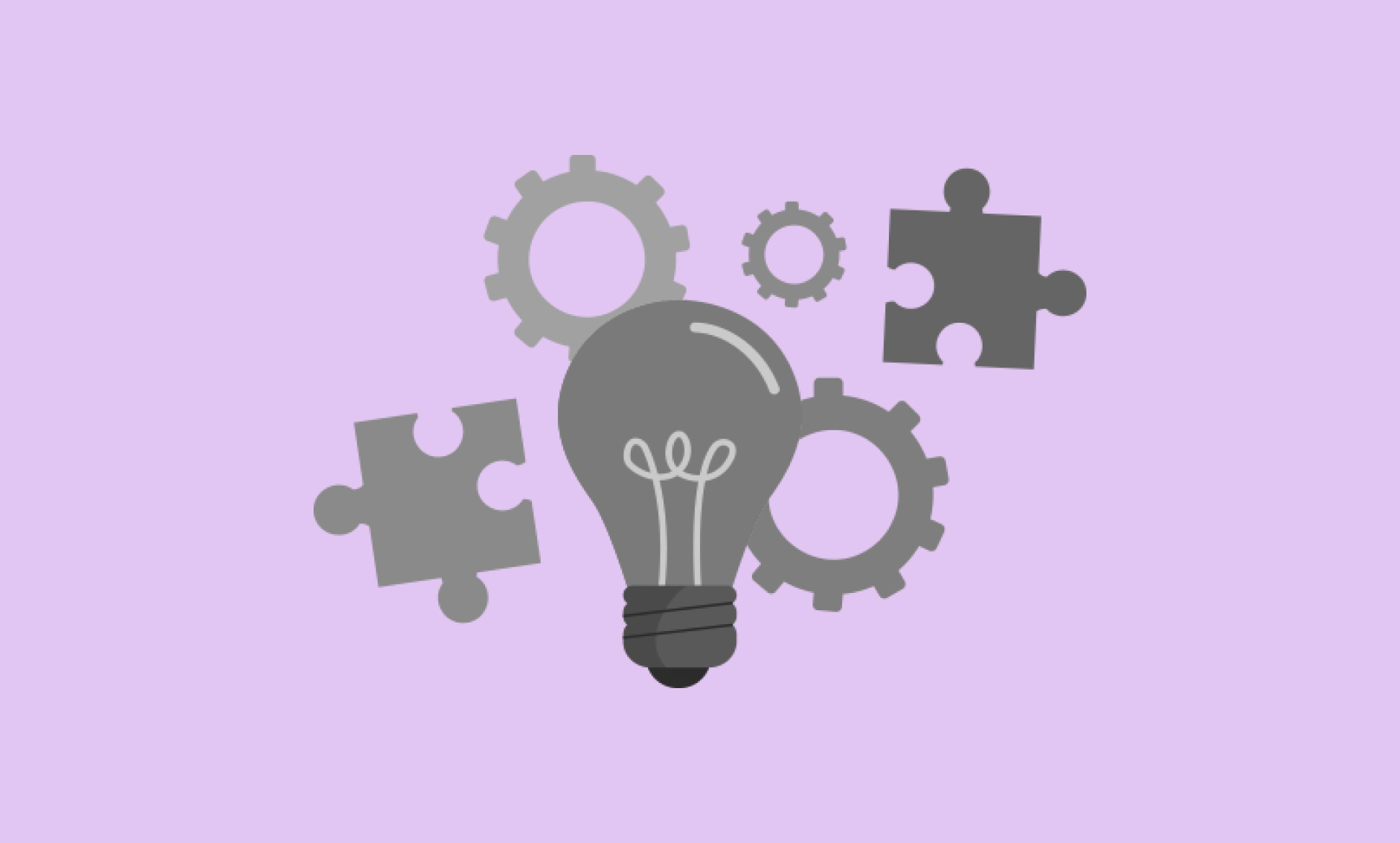Like much of the podcast world, we attended The Podcast Show London this past week. The CoHost and Quill team had a great time connecting with industry folks, tuning into sessions, and learning about the state (and future) of podcasting.
Before we jump back into the grind, we wanted to share some of our top takeaways from The Podcast Show to help pro-podcasters, agencies, and networks position themselves for the next year.

1. Don’t discount the underdogs
James Cridland of Podnews opened up The Podcast Show with a keynote on the past year in podcasting. One surprising takeaway (for anyone in North America at least) is that 42% of people in the UK listen to podcasts on apps other than Apple Podcasts and Spotify.
While the temptation to focus on optimizing your show page and your advertising strategy on the “giants” is understandable, the numbers show that listening platform preferences are more diverse than many of us would have originally thought.
This should be top of mind for podcasters when promoting their shows. If you narrow your efforts to Spotify and Apple Podcasts, you’ll miss out on a large, captive market.
CoHost Tip: Looking to ensure your podcast is available across all listening apps? Check out our complete guide.
2. Downloads: to measure or not to measure?
Coming away from The Podcast Show, it was clear that while podcast analytics still have a ways to go, they’re making significant strides.
One such stride is taking creators away from vanity metrics like downloads and towards more revealing engagement metrics, like consumption rate and drop-off points. This information shows creators which parts of their episodes performed well and which segments missed the mark.
On top of that, unique listeners provide a much more accurate assessment of your podcast’s reach. For example, if I played a podcast episode four times, it would be counted as four downloads but only one unique listener.
“While high download numbers might catch attention, they don't indicate whether listeners are genuinely engaged or if they continue to follow your content.”
–Fatima Zaidi, CEO of Quill and CoHost
While these more meaningful metrics are a great step forward, 83% of podcast agencies still rely on downloads to measure client success. Why? Our guess is convenience.

3. Stick to your core metrics
During the first Quill and CoHost sponsored panel, audio pros Fatima Zaidi, Ainsley Rosetto, Sharon Taylor, and Harry Morton spoke about the metrics that podcasters should (and shouldn’t) be focusing on.
While metrics differed, one thing remained clear: define your core metrics and stick to them.
Depending on your goal, your core metrics are going to look a little different. For example, if you’re pitching your show to advertisers or sponsors, you’ll be focusing on downloads, unique listeners, and audience demographics. On the other hand, if you’re looking to target specific accounts and build out your ABM strategy, you’ll be much more inclined to focus on B2B Analytics.
Ultimately, industry leaders are suggesting creators pick the podcast metrics that will help them define success, consistently monitor them, and benchmark against themselves.

4. Give the people what they want (a valuable podcast)
In 2024, understanding your audience is not just a strategic advantage—it's a necessity.
At the Quill and CoHost sponsored panel, “Meeting the Mark” audio experts–Fatima Zaidi, Bryan Barletta, Jimmy Saunders, and Dan Misener–explain how audience preferences help inform their marketing strategies.
With Advanced Audience Demographics, consumption rate data, and listen time metrics now available, creators are encouraged to harness this data to:
- Tailor content to your ideal listeners’ preferences
- Craft segmented marketing strategies to maximize listener engagement
- Uncover hidden trends and preferences driving listener behavior
- Optimize advertising and sponsorship opportunities through audience targeting
5. Podcasting is a marathon – not a sprint
Theoretically, anyone can buy traffic (downloads) in a few clicks, but that doesn’t translate to building an audience or a successful show. Creating a highly engaged and loyal fanbase is a lot more meaningful — and a lot more work.
While the temptation to focus on traffic over audience is justified because the easiest metrics to get are traffic metrics, experts like Zaidi, Misener, Saunders, and Barletta are urging creators to focus on engagement metrics over vanity metrics like downloads.
If you’re feeling bogged down by the rankings, it’s important to remember that the chart-toppers (yes, we’re looking at you Joe Rogan and Alex Cooper) have been in the business for years and and have amassed a library of hundreds of episodes. That doesn’t happen overnight.
‘Til next time, The Podcast Show
As we reflect on the key takeaways from the Podcast Show London, we can confidently say that the future of podcasting is bright. From advanced audience insights to more robust podcast analytics, the industry continues to evolve and innovate.
A big thank you to everyone who made this year’s Podcast Show one to remember. If we missed you at the show, be sure to reach out to the CoHost Team (and say hi at Podcast Movement in DC!)




.webp)





